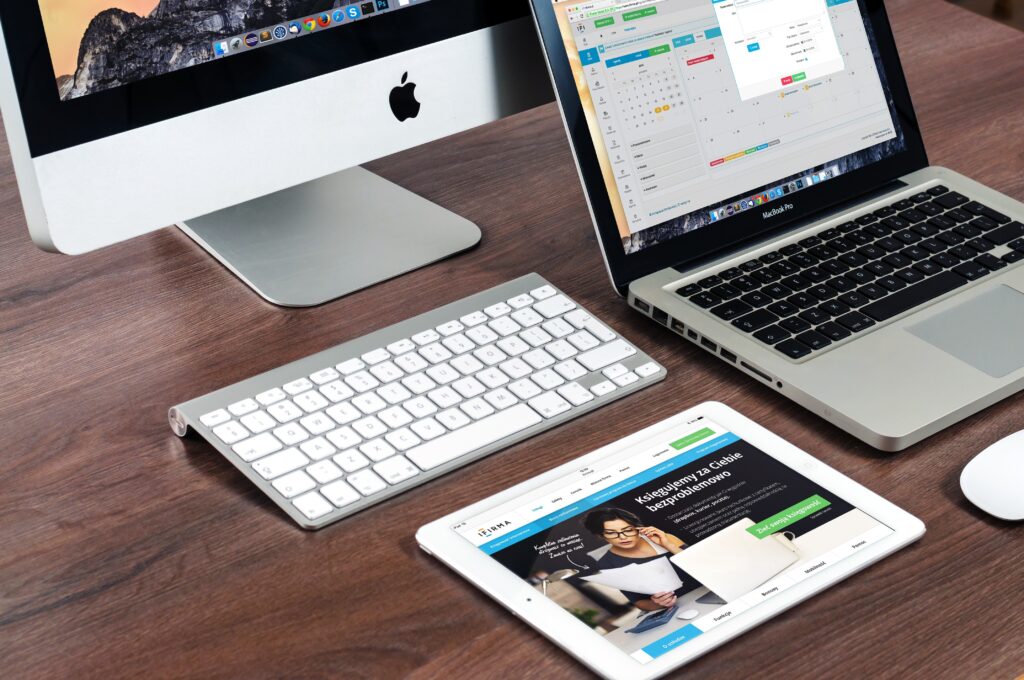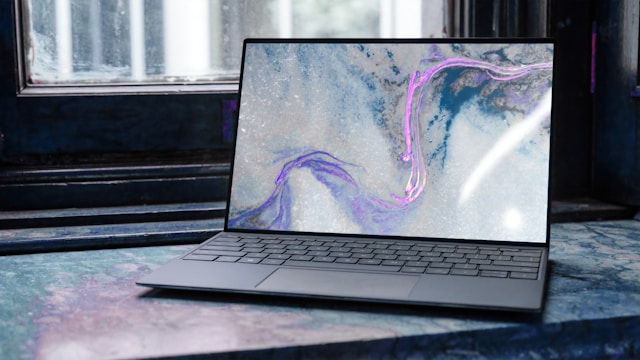What is the first thing a site visitor notices? Of course, on the appearance of the resource, and only then – on the content. This is understandable – 80% of the information we perceive with our eyes. Therefore, website design plays a huge role and is an integral part of the success of selling goods and services. We recommend starting with this article and learning as much as possible about the types of designs and how to create your website in the best way.
Design is more than just a pretty picture. It can be safely attributed to powerful tools to attract potential customers. What are the types and styles of web design we will analyze in more detail.
Types of website design
There are sites that you want to close immediately without reading the content. If the resource is repulsive in appearance, but contains useful information, it is highly likely that visitors will not linger on it. First of all, visitors to the resource pay attention to the design and style.
High-quality website design depends on many factors that form a single concept:
- Clear structure;
- usability;
- Artwork – images, fonts, shapes, etc.
There are many variations of designs, among which there are two main ones – template and unique. Each of them has its pros and cons.
template design
It occupies a strong position in the site creation market, because not everyone has the means to order a unique resource design development – it’s easier to choose a ready-made template, fill it with your content and the site is ready!
Template design has several advantages:
- The price is more affordable than the cost of a unique design;
- A template site can be made in just a few days, which significantly saves time on launching the product;
- Many templates show effectiveness in promotion, they know how to get a positive response from users;
- Even choosing template solutions, you can decorate them with unique content and adjust them to the style of the company.
But template design has many more disadvantages:
- There are many similar template solutions on the Internet. Therefore, we can say with confidence that your site will not be unique in appearance. The resource can be easily confused with other similar resources. As a result, such a site is unlikely to remain in the memory of visitors;
- It is much more difficult to promote template sites than unique ones;
- The range of free templates is limited. It can be difficult to find an interesting option for your business niche, especially if the site owner is not ready to overpay for a template;
- A template site will never have its own “zest” and features; it is difficult to adjust it to the corporate style.
Many experts call template website design a road to nowhere. Users quickly leave such resources, as the site is not able to interest potential buyers and customers. A template design will not become the basis for a promising business development, but will only pull sales down.
Unique Design
Website owners who think for the future order a unique design without hesitation. Such a solution is thought out to the smallest detail, formed individually, taking into account the peculiarities of the client’s business.

By choosing a unique design, you can be 100% sure that you will not find a similar site on the Internet. Your site will be unique and inimitable. Such a resource is easy to remember, remains in the memory of visitors for a long time.
A unique design has many benefits:
- The design is developed from scratch, taking into account all the wishes of the customer. Unlike a template, a unique site is not tied to the location of structural elements. Menu, footer, header can be designed individually according to the client’s requirements;
- The design will be 100% individual and unlike others on the Internet;
- Sites with a unique design are better indexed and promoted;
- Large companies that value their reputation and want to increase the trust of customers without hesitation choose only the design of the site.
The unique design also has disadvantages:
- The cost is higher than the price of a template solution;
- It will take more time to create a unique design, so you need to plan the launch of the resource in advance.



